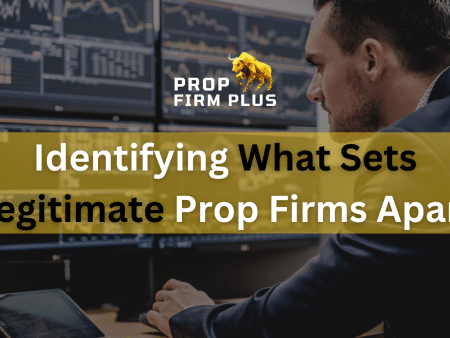
Human behavior in huge groupings, in this instance the financial markets, is the foundation of the psychology of a market cycle. Market trends stem from the fact that most individuals behave predictably based on basic human emotions, however, there are always exceptions.
Contrarian trading, on the other hand, refers to stock market trading based on market cycles. This indicates that the trader is deliberately making investing choices that are at odds with the mood of the market at the moment. Gaining a knowledge of the subtleties of the psychology of a market cycle and its impact on stock prices is essential for effectively opposing market sentiment.
All trading indicators can be useful in this scenario, but the most beneficial ones are those that provide a thorough and in-depth examination of support and resistance levels.
Important Notes
- Understanding human behavior and how it affects price fluctuations is the focus of the psychology of a market cycle.
- Using this knowledge, one may trade contrarian, going against the attitude of most investors in the market.
An Examination of the Mentality Behind a Market Cycle
The innate propensity of social groupings to oscillate between severe emotional highs and lows is the fundamental component of a market cycle. People will bid up the market when they are hopeful and bid down the market when they are gloomy, reflecting this emotional cycle of investor attitude.
- There will be a bull market or accumulation phase when investors are hopeful.
- A bear market or distribution phase will occur when investors are pessimistic.
Although there are many other emotional states associated with market cycles, four primary emotional states are important:
Optimism
People start to feel hopeful when they start to look forward to the future. Furthermore, their expectations of the future being better than the present are crucial, even while the present is good. Finally, most traders anticipate that costs will continue to rise as they now are. This stage is called accumulation.
Euphoria
One may think of euphoria as the highest kind of hope. People are overly excited about the market due to the prolonged period of rising prices, thus all prudence and risk aversion are disregarded. Traders and investors alike just anticipate that the rate of price increases will continue as they have been screaming higher every day. The period of accumulation has come to an end.
Anxiety
When things start to get persistently worse, fear sets in. The market has recovered from new lows on many occasions, but this only results in more declines. People are concerned that since prices are continuously down, the market may never rise once more. This stage is known as distribution.
Acquiescence
Individuals no longer have any hope that prices will increase from these lows and have entirely given up on the market. To protect their residual capital, they reduce their losses and liquidate their investments. At the most lowest point, prices are flat. The distribution phase has concluded.
How to Apply Market Cycle Psychology
Selling during the euphoric phase and buying at the moment of acquiescence is the secret to profitable market cycle trading. According to this psychology, there is never a time when the price is lower than when everyone has given in, and there is never a time when it is greater than when everyone is euphoric. Therefore, during these intense emotional times, it is advisable to act in opposition to the majority.
Being able to distinguish between different emotional states is the challenging part of this method. Traders must be able to distinguish between euphoria and optimism, as well as between anxiety and acquiescence.
Selling Euphoria
The pinnacle of the human emotional spectrum and the top of the market is represented by euphoria.
A trader should sell all of their holdings and enter the market on the short side when the market is at its ultimate top. Typical indications of the euphoric peak are:
- Overboard risk taking.
- A high degree of leverage.
- High market involvement.
- High incidence of financial crimes, including fraud.
Buying Acquiescence
Both the market trough and the lowest point of human feeling are symbolized by acquiescence.
A trader should acquire investments and exit any short positions in the market when the market is at its lowest point. Symptoms of acquiescence bottom include:
- A decline in the economy.
- Low rates of market involvement.
The Finest Trading Instruments Within a Market Cycle
Comprehending and monitoring changes in the market requires a thorough, long-term approach that draws on a vast array of fundamental analyses and technical analyses. A platform where a trader can conduct this sort of in-depth examination of the financial markets and economic data is only provided by a top market research instrument.
The following are our best picks for retail traders’ market research instruments:
- TradeView.
- Seeking Alpha.
Even with the complexity of market cycle research, transactions themselves may be rather straightforward. ETFs and indices are often traded in broad market transactions, and they may be found on even the most basic and intuitive trading platforms.










